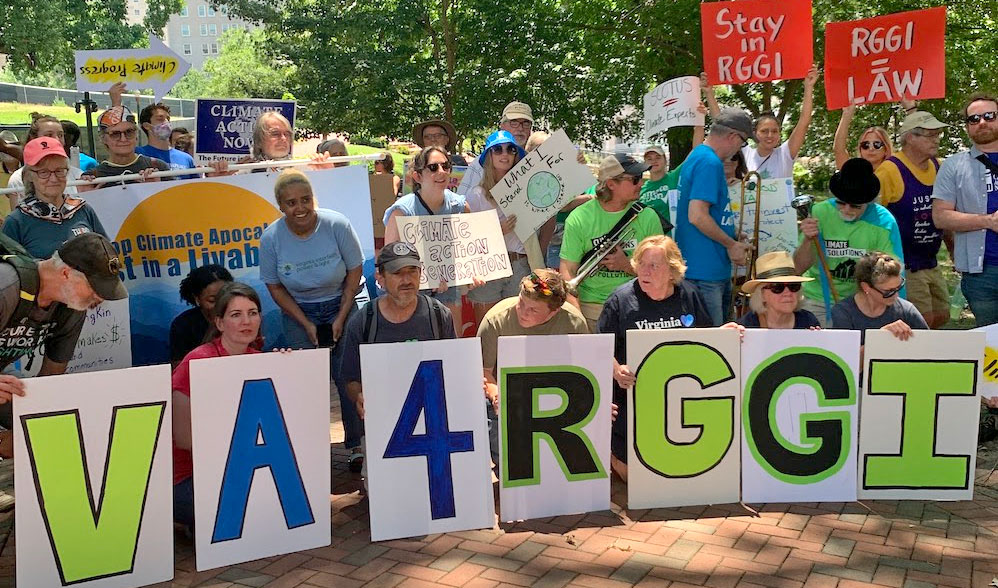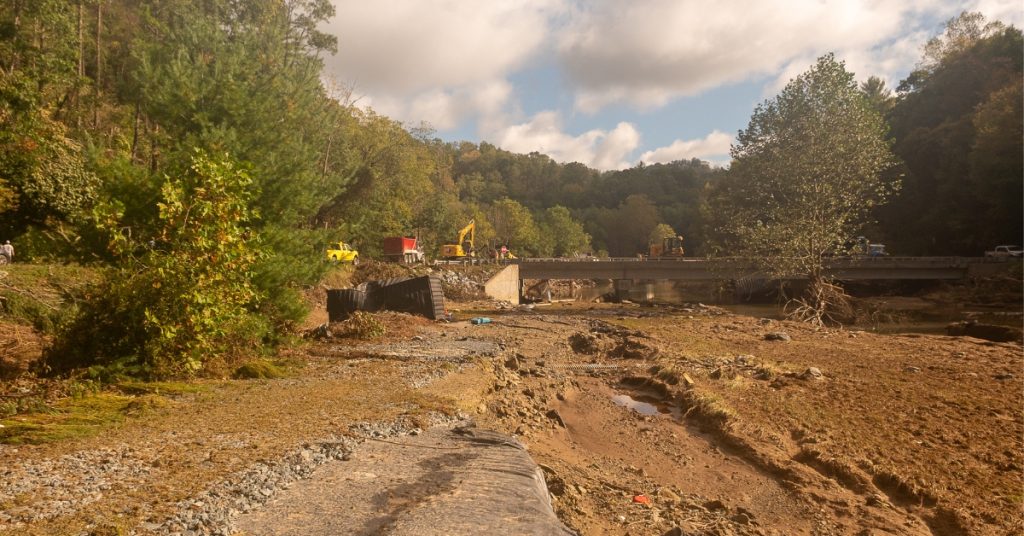Upcoming public hearings should highlight weaknesses of new silica rule proposal
FOR IMMEDIATE RELEASE
August 2, 2023
CONTACT
Dan Radmacher, Media Specialist, (540) 798-6683, dan@appvoices.org
The U.S. Mine Safety and Health Administration is planning three hybrid hearings on its proposed rule to strengthen silica exposure standards for coal miners. These hearings will give miners and their advocates an opportunity to point out some of the weaknesses of the proposal.
While this long-overdue update lowers allowable exposure of miners to silica dust — a prime culprit in the current resurgence in the incidence of black lung disease — many aspects of the rule fall short. See the “Background” section below for an explanation of those shortcomings.
This is an important rule to help protect miners from black lung disease, and it’s important that MSHA get it right. We hope you will attend one of the meetings — either in-person or virtually — and report on some of the ways the rule should be improved.
Aug. 3 hearing, 9 a.m., EDT
Mine Safety and Health Administration
201 12th Street South, Room 7W202
Arlington, VA 22202
Virtual: https://usdol.webex.com/ or (877) 465-7975
Meeting number/Access code: 2761 925 3415
Meeting password: Welcome!24
Aug. 10 hearing, 9 a.m., EDT
National Mine Health and Safety Academy
Auditorium Room (Room B102)
1301 Airport Road
Beckley, WV 25813
Virtual: https://usdol.webex.com/ or (877) 465-7975
Meeting number/Access code: 2764 373 1765
Meeting password: Welcome!24
Aug. 21 hearing, 9 a.m., MDT
Denver Federal Center
Building 25, Lecture Hall (Room 1866)
West 6th Avenue and Kipling Street
Denver, CO 80225
Virtual: https://usdol.webex.com/ or (877) 465-7975
Meeting number/Access code: 2762 533 3911
Meeting password: Welcome!24
Background
Appalachian coal miners are extracting ever smaller seams of coal, necessitating the blasting and cutting of large amounts of non-coal rock. This produces high levels of respirable silica, which miners breathe while on the job. Black lung occurs when coal and silica particles are inhaled into the lungs, scarring the tissue andforming fibrotic masses, severely impacting cardio and pulmonary functioning. Black lung disease is progressive and fatal. It is occurring at higher rates, and affecting miners more severely and at younger ages than in previous generations.
The current silica rule for coal miners has not been updated since 1985. In the time period since then, mining methods have changed as most larger and more accessible Appalachian coal seams have been depleted. In order to access the remaining coal seams, miners must cut through large amounts of sandstone and other rock. This exposes miners to high concentrations of silica dust that is 20 times more toxic than coal dust and causes the most severe forms of black lung even after fewer years of exposure. Health experts and government bodies have developed scientific evidence and repeatedly concluded that this silica dust exposure is a major cause of the current black lung epidemic and that the outdated MSHA silica standard is woefully ineffective at protecting miners from this threat. Now, in Central Appalachia, one in five tenured miners has black lung disease and one in 20 has the most severe and totally disabling form of black lung.
Previously, MSHA’s silica rule set a permissible exposure limit — or the amount a coal miner could be exposed to during an eight hour shift — of up to 100 micrograms of the toxin per cubic meter. But, as noted in the Appalachian Citizens’ Law Center 2021 petition submitted to MSHA requesting a new silica standard, the Department of Labor’s Office of Inspector General found this level to be out of date. MSHA’s new draft standard is significantly stronger than the existing rule, setting a permissible exposure limit of 50 micrograms of silica dust per cubic meter.
However, there are serious problems with enforcement and monitoring provisions in the draft rule. While it establishes a new standard and monitors silica dust separately from coal dust, the rule would primarily rely on silica monitoring that is conducted by coal companies — despite countless claims by miners that coal companies routinely collect dust samples that are not representative of typical mining conditions. Instead MSHA inspectors themselves should routinely collect silica dust samples, with inspections lasting entire shifts over multiple days, and occurring without advance notice provided to the mine operators
There are also problems with how violations are handled under the draft rule. Rather than requiring a mine with dangerous levels of silica dust to shut down until operators can improve the engineering and design to produce lower levels of dust, the rule would allow coal companies to “temporarily” rely on respirators worn by miners. There are many issues with this — including how uncomfortable and impractical respirators can be in hot, cramped environments, issues of respirator fit for individuals with facial hair, and inability to communicate with others while they are worn, leading to low compliance. Further, there is no time limit placed on how long coal companies can rely on respirators, allowing companies to indefinitely subject miners to dangerous conditions.
The proposed rule is also unclear about when monetary fines will be imposed on companies that are out of compliance. Fines should be imposed against any mine that violates the new standards, and those fines should be high enough to compel companies to diligently comply with the limit.
Finally, the proposal should require regular silica sampling whenever miners might be exposed to high levels during every aspect of the mining process. The current rule is unclear when sampling would occur during the mining process.



